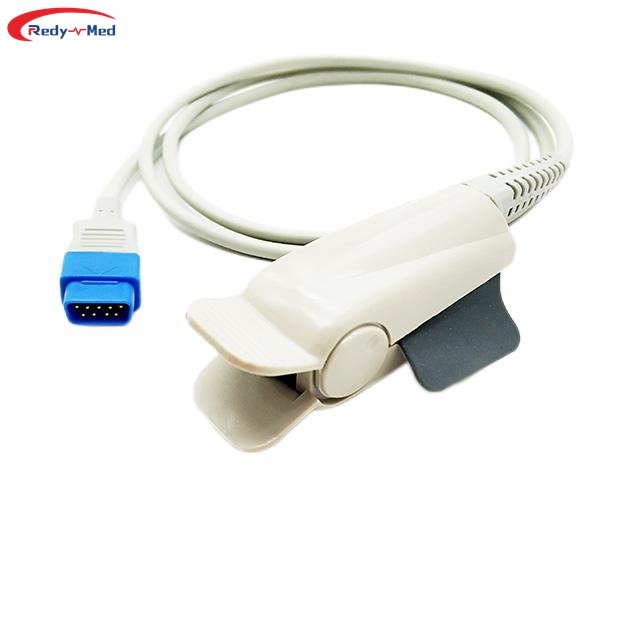
The role and advantages of blood oxygen saturation sensor in respiratory therapy
2024-03-21 00:04:21

In respiratory therapy, the role of blood oxygen saturation sensor is crucial in ensuring accurate diagnosis and effective treatment for patients. This sensor plays a vital role in monitoring the oxygen levels in the blood, allowing healthcare professionals to make informed decisions and provide appropriate care. With its numerous advantages, the blood oxygen saturation sensor has revolutionized respiratory therapy, enhancing patient outcomes and overall quality of care.
Accurate Monitoring and Diagnosis
The blood oxygen saturation sensor provides real-time and continuous monitoring of a patient's oxygen levels. This technology allows healthcare providers to obtain precise data on the percentage of hemoglobin saturated with oxygen, known as SpO2. By accurately measuring oxygen saturation levels, clinicians can quickly identify any deviations from the normal range, enabling timely diagnosis and intervention.
Moreover, the sensor helps differentiate between various respiratory disorders. For instance, it aids in distinguishing between obstructive lung diseases like asthma and restrictive lung diseases such as pulmonary fibrosis. This differentiation is crucial as it helps tailor the treatment plan to each patient's specific condition, ensuring optimal outcomes.
Non-Invasive and Convenient
The blood oxygen saturation sensor is non-invasive, making it an excellent alternative to arterial blood gas sampling. Traditionally, arterial blood gas sampling involved an invasive procedure, which could cause discomfort and potential complications for patients. However, with the blood oxygen saturation sensor, healthcare professionals can obtain accurate oxygen saturation measurements without the need for invasive procedures.
Furthermore, the sensor is small and portable, allowing patients to use it conveniently at home. This flexibility enables individuals with chronic respiratory conditions to monitor their oxygen levels regularly, promoting self-management and early detection of any changes or worsening of their condition.
Enhanced Patient Safety and Outcome
The blood oxygen saturation sensor plays a vital role in ensuring patient safety during respiratory therapy. By continuously monitoring oxygen levels, healthcare providers can promptly detect any signs of hypoxemia (low blood oxygen levels), enabling swift intervention to avoid respiratory failure and other complications.
Additionally, the sensor helps optimize oxygen therapy. It assists in determining the appropriate level of supplemental oxygen required by a patient, ensuring they receive the right amount of oxygen for their specific needs. This precise titration of oxygen therapy can prevent potential harm from oxygen toxicity or inadequate oxygenation.
In summary, the blood oxygen saturation sensor is a fundamental tool in respiratory therapy. Its accurate monitoring capabilities, non-invasive nature, and contribution to patient safety make it an indispensable device. By utilizing this advanced technology, healthcare professionals can offer targeted treatment plans and improve patient outcomes, ultimately enhancing the overall quality of respiratory care.
Get the latest price? We'll respond as soon as possible(within 12 hours)




